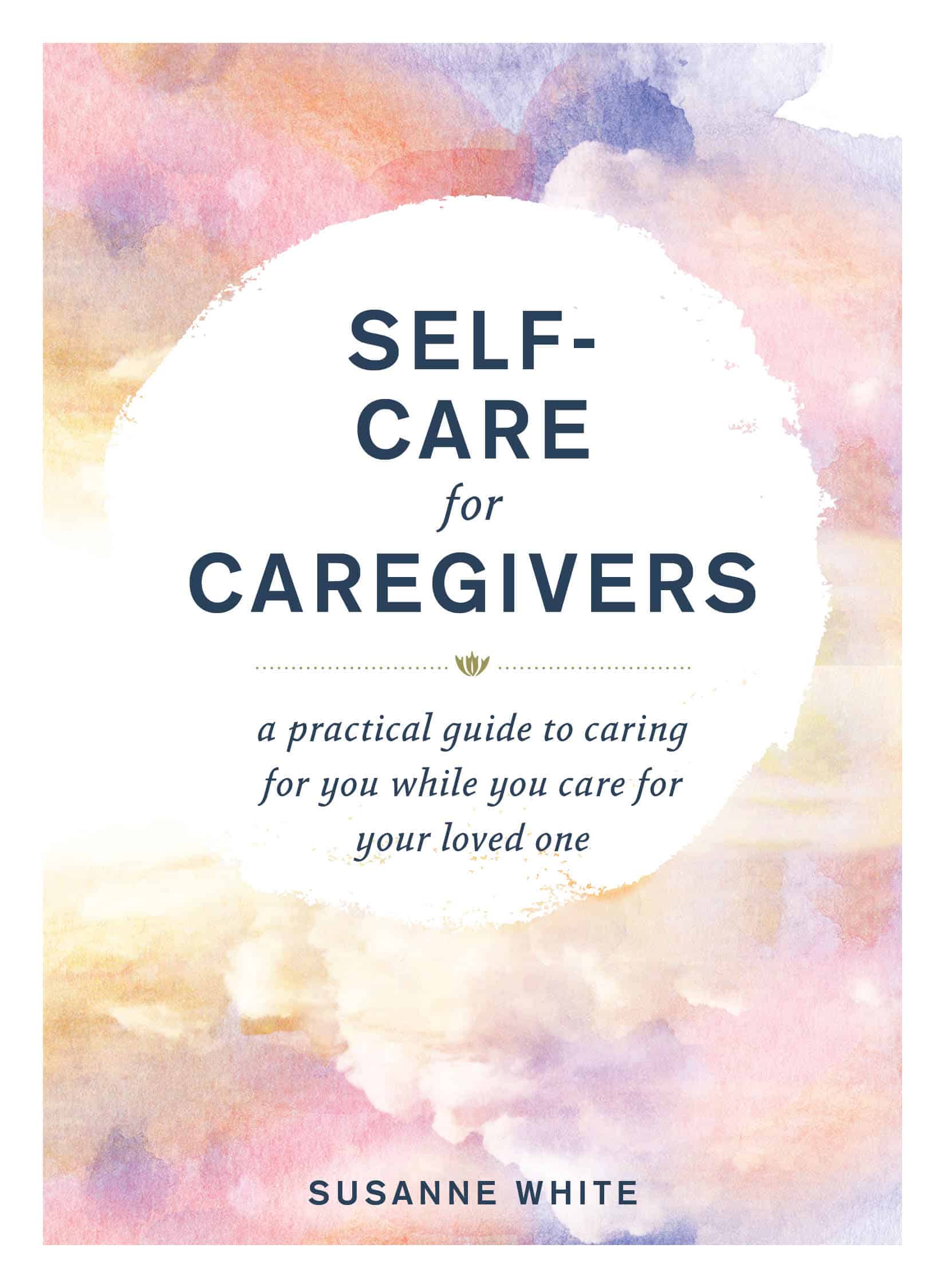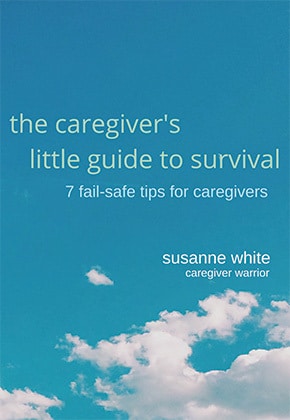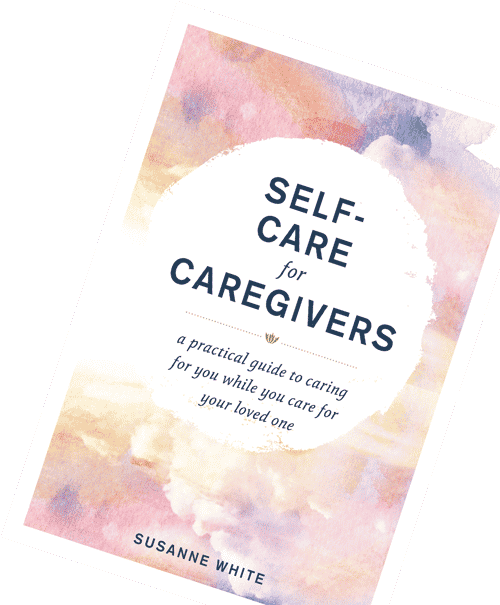This is a guest blog by Rachel Kenselaar, co-founder of eCaregivers.
1. Long Term Care Options | Caregivers Journey
Did you know that over 70% of Americans aged 65 years and older will require long-term care at some point in their lifetime? Long-term care is a variety of services that can help seniors live safely and independently as long as possible when they can no longer perform everyday activities, also known as activities of daily living (ADL). Some of these activities include bathing, dressing, eating, and toileting. Other factors that can determine a senior’s need for care include their age, gender, and health condition. The cost of care in the United States is also expected to gradually rise over a five-year period. The different types of care your loved one can receive are:
- Adult Day Care: These centers are best for seniors that are mobile and physically independent. Adult daycare centers can provide your loved one with activities, meals, counseling, respite care, and sometimes transportation. Depending on the adult daycare program you choose, seniors may attend for as little as one day or as many as five days a week. For seniors who live with family members that work full-time, these programs may work well. If you are experiencing caregiver stress, this may be a great way to lighten the workload of caring for your loved one. Your loved one will experience plenty of social interaction with other seniors, which can help stave off depression and anxiety.
- Assisted Living Community: Many assisted living communities strive for a “home-like” setting. They offer meals, social activities, and have a nurse on staff. Basic personal care needs like needing help with eating, bathing, dressing, or toileting can be taken care of at an assisted living facility, but depending on the level of care needed, you may face extra costs for this care. If your loved one requires one-on-one assistance, you may be required to hire a caregiver at an extra cost to you.
- Nursing Home: The nursing home is most beneficial to a senior who requires on-going skilled nursing. These nursing needs may include assistance with complex wound care, a ventilator, or other chronic medical conditions that require monitoring by a Licensed Practical Nurse or Registered Nurse. When choosing a nursing home, pay attention to their staff-to-patient ratio. Many nursing homes use call buttons to attend to patients, making staff-to-patient ratios important.
- Home Care: According to an AARP study, 90% of seniors prefer to age in the comfort of their own home. Some seniors rely on unpaid family caregivers to assist them, but many whose needs go beyond what family can help with opt to hire a professional caregiver. Home care often offers the most personalized, affordable, and flexible long-term care option available to seniors. Professional caregivers provide companionship and help with everything from light housekeeping to personal hygiene care and medication reminders. You can hire a caregiver by working with a home care agency or opting to find one yourself through a website like eCaregivers, or by word-of-mouth.
2. Long Term Care Costs
Depending on what type of senior care your loved one needs, the costs will vary. The cost of care also varies depending on your loved one‚ care needs and where they live. Each long-term care setting has different costs associated with them.
3. How You Can Pay for Long Term Care
While the cost of long-term care is daunting for many families, there are ways you can help pay for it.
- Medicare: Many people mistakenly believe that Medicare covers long-term care costs. Unfortunately, Medicare usually only covers long-term care after a recent hospitalization or stay in a rehabilitation center. Seniors can expect Medicare to cover home health aide services for a few hours a week, with coverage lasting around 3 to 7 weeks. If your loved one needs on-going long-term care services, Medicare will not pay for them.
- Medicaid: Medicaid provides health coverage to low-income adults–eligibility varies by state but is often linked to the Federal Poverty Level. Long-term care costs are covered for those who qualify for Medicaid. Some Medicaid voucher programs allow your loved one to receive care at home while other programs require them to receive care in a nursing home.
- Long Term Care Insurance: Under a long-term care insurance policy, your loved one’s personal care at either their home or facility is covered. The cost of your policy is determined by a few factors: how old they were when they bought the policy, the amount it will pay per day for the cost of care, the number of days or years that it will cover, and if your loved one chooses any optional benefits. Long-term care insurance should be purchased when you’re healthy and in your 50s to 60s. Those who are already in poor health or are receiving care may not qualify for long-term care insurance.
- Life Insurance: Some insurance companies let you add a long-term care rider to your life insurance policy. Long-term care riders usually draw from the death benefit first to pay for long-term care needs. If your loved one has an existing life insurance policy and they never need long-term care, the benefit of the rider is that they save on the premium cost of a stand-alone policy. If you think your loved one will need long-term care for several years, a stand-alone policy may offer higher coverage limits.
- Reverse Mortgage: Your loved one can elect to take out a reverse mortgage which can allow them to receive a lump sum payment, monthly payment, or a line of credit to help pay for long-term care. A reverse mortgage converts a fraction of your loved ones’ equity in their home into cash. The loan doesn’t need to be repaid as long as they remain living in their home or the last borrower moves out of the home. With a reverse mortgage, you still have to pay property taxes, homeowners insurance, and utilities, and a responsibility to maintain the home.
- Annuity: An annuity contract with an insurance company can help pay for the cost of long-term care. Your loved one can make a single payment or series of payments to receive an annuity over a period of time. They can opt for an immediate annuity or deferred long-term care annuity.
- Out-of-Pocket: Paying for long-term care out-of-pocket can be costly. For some, long-term care costs may account for up to 88% of their annual income. For those who don’t qualify for Medicaid and do not have long-term care insurance, paying out-of-pocket may be necessary. Some seniors work closely with elder care attorneys who specialize in long-term care planning to spend down their assets in order to qualify for Medicaid.
About the Author: Rachel Kenselaar is the co-founder of eCaregivers. She has worked in-home health care for several years and her mission is to help individuals and their families find affordable long-term care.










0 Comments